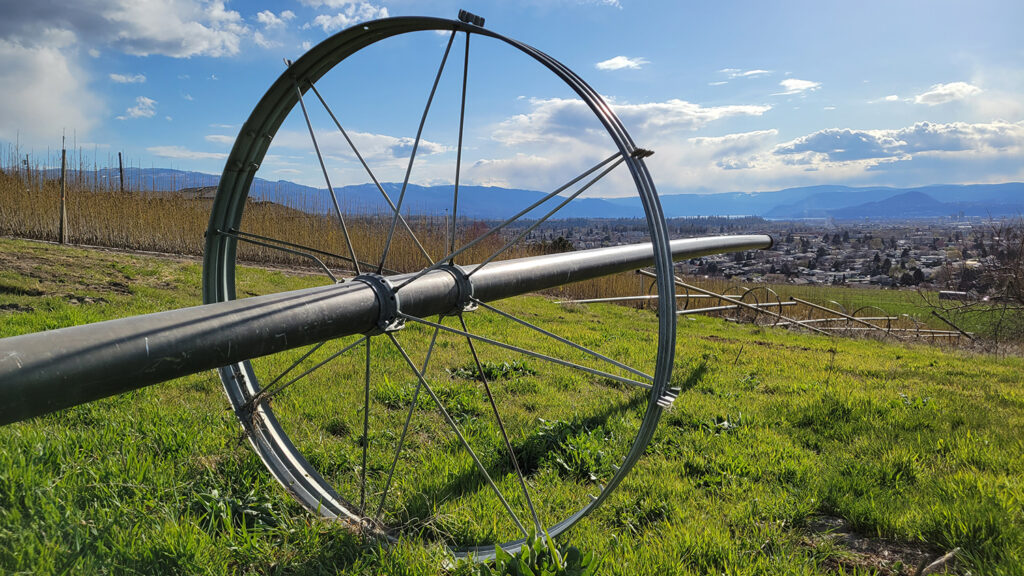By Peter Mitham for Country Life in BC, May 18, 2022

VICTORIA – BC reported fewer farms in latest census of agriculture, with losses outpacing the national average.
The province was home to 15,481 farms last year, a decline of 10% since the last census in 2016. This follows an 11% decline in 2016 versus 2011. Nationally, the number of farms fell by 2%.
But the BC Agriculture Council urged caution regarding the numbers, saying a change in the definition of a farm for census purposes may be to blame.
“Comparisons with earlier census results should be interpreted with caution,” says BCAC policy director Paul Pryce. “It’s possible that BC was disproportionately affected compared to other provinces because our farms are typically smaller and can rely on direct sales.”
Smaller farms may not be captured in the new definition of a census farm, which now refers to a unit that reports revenues or expenses on agricultural production to the Canada Revenue Agency. Previously, a farm was defined as any operation that produced at least one agricultural product for sale.
Small farms – those reporting revenues below $10,000 a year – decreased 26% in the latest census to 5,423 or 34% of all farms in the province. This is down from 42% of farms in 2016.
The latest census indicates that large farms – those with $1 million in revenues and up – were alone in seeing growth. This is a shift from 2016, when all farms with revenues greater than $50,000 saw growth.
The sharp decline in BC’s farm count contrasts with Alberta, which saw the number of farms increase 2%. Pryce says this may reflect the greater number of large farms in BC’s neighbour.
“Only 14.2% of Alberta’s farms logged $10,000 or less. The new farm definition likely captures more farms in [that] province,” he says, noting that a better understanding may be possible when comprehensive province-level data is released June 15.
BC agriculture minister Lana Popham declined comment on the numbers, pending further analysis by ministry staff.
However, a statement from the ministry painted a picture of growth, noting the BC agrifood sector enjoyed record revenues of $16 billion in 2020. The figure includes farmgate revenues of $4 billion, a 2% increase from 2019.
The census also pointed out that BC’s farming population is the oldest in Western Canada at 58 years. While the large number of retirees taking up farming as a second career or part-time pursuit is one explanation, census figures also indicate that – unlike Manitoba and Alberta – BC has been unable to grow or even retain younger farmers.
While farmers younger than 35 increased by 13% in the last census, their numbers fell 34% between 2016 and 2021 – a rate of decline faster than in any other province outside of Atlantic Canada.
BCAC says the high price of land has raised the cost of entry for new entrants.
“Young farmers have to figure out where they’re going to farm, and then – can they afford to?” says Pryce. “Efforts from all levels of government to preserve the integrity of the Agricultural Land Reserve are needed to ensure that there is land for new generations of farmers.”
The province says the aging farm population and barriers younger farmers face are pressing.
“We recognize that factors such as aging demographics, climate change, the increased value of farmland and the complexity of multigenerational farm transitions are serious concerns, and we’re taking steps to respond,” the agriculture ministry says in a statement. “Young agrarians are a vital part of our food system, and supports are available to support the next generation of farmers to enter and thrive in the sector.”
Through the provincially funded land-matching program and other initiatives, the province says it is working to make it easier for people to take up farming. It notes that more than 200 matches between new farmers and landholders have been made since the program launched in 2016.














